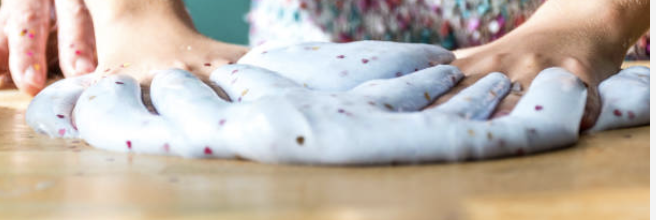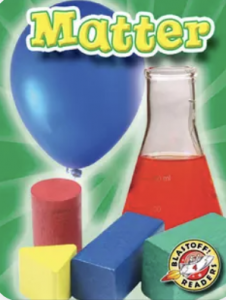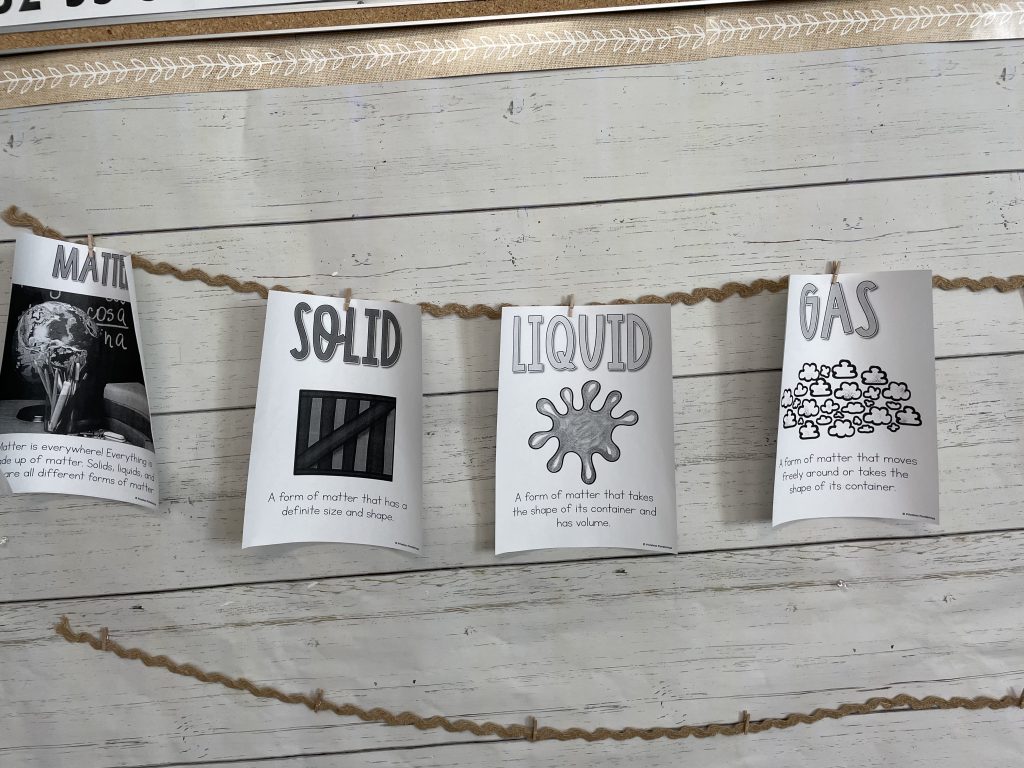Today, we did 2 experiments. The first one was cooking an egg to demonstrate both a physical and chemical changes.
(We forgot to take pictures of this)
We also conducted an Oobleck experiment. We used the Scientific Methods to conduct the experiment. We learned that Oobleck is a Non-Newtonian Fluid – it looks like liquid but feels like solid!
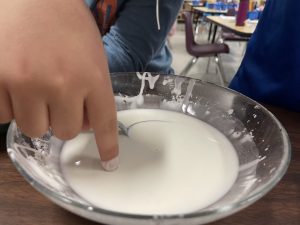
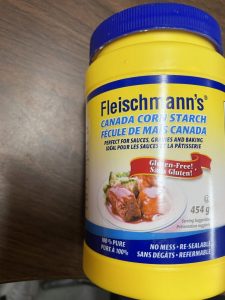
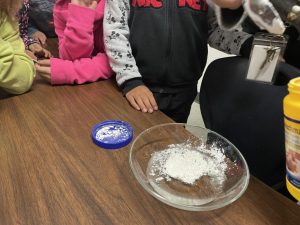
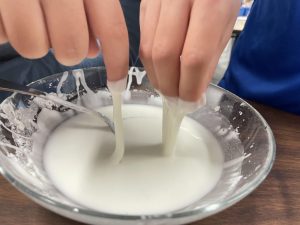
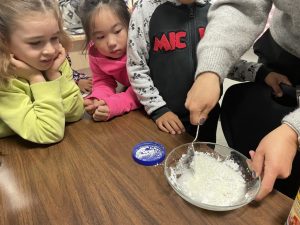
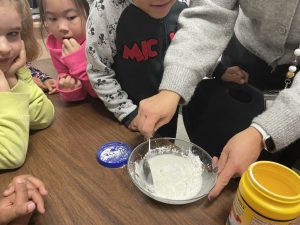
Question: What happens when you mix cornstarch with water?
Hypothesis: I think that when I mix the supplies, the mixture will become ______________.
Supplies:
1/2 cup of cornstarch
1 cup of water
Test the Hypothesis following this process:
Step 1: Add water to a cup.
Step 2: Add food colouring.
Step 3: Add cornstarch.
Step 4: Mix everything up. Mixture should be able to be picked up like a solid but still flow like a liquid. This is a Non-Newtonian fluid.
Step 5: Record observation.
Conclusion: We learned that slime is a non-Newtonian fluid which is neither a liquid or solid depending on the forces acting upon it and does not have a constant viscosity.
Big Idea: Materials can be changed through physical and chemical processes.
First Peoples Principles of Learning: Learning takes patience and time.
Curriculum Competencies:
- Observe objects and events in familiar contexts
- Ask questions about familiar objects and events
- Make simple predictions about familiar objects and events
- Make and record observations
- Sort and classify data and information using drawings, pictographs and provided tables
- Compare observations with predictions through discussion
Content:
- chemical ways of changing materials
Core Competency: Critical Thinking and Reflective Thinking
- I can ask questions and consider options. I can use my observations, experience, and imagination to draw conclusions and make judgments.
,
